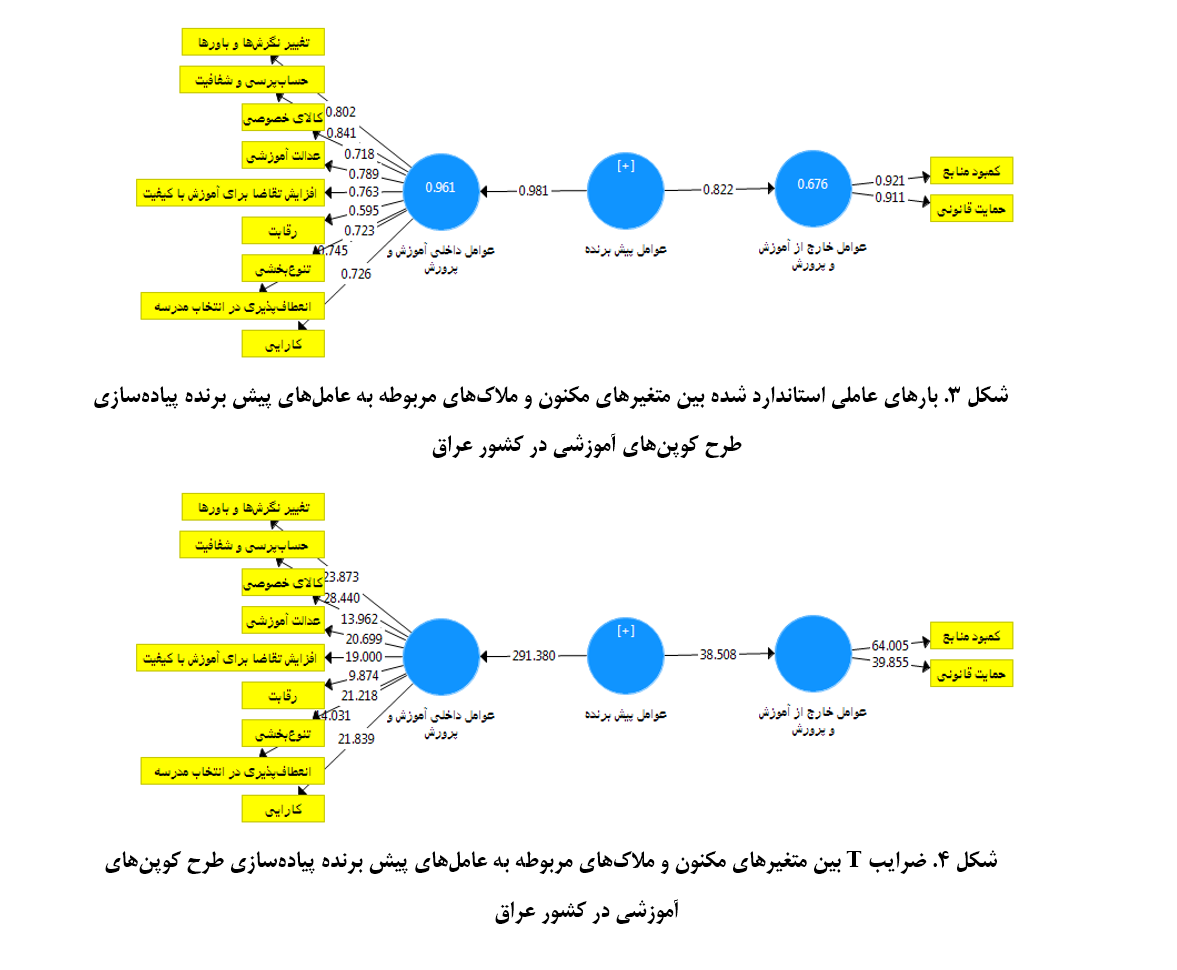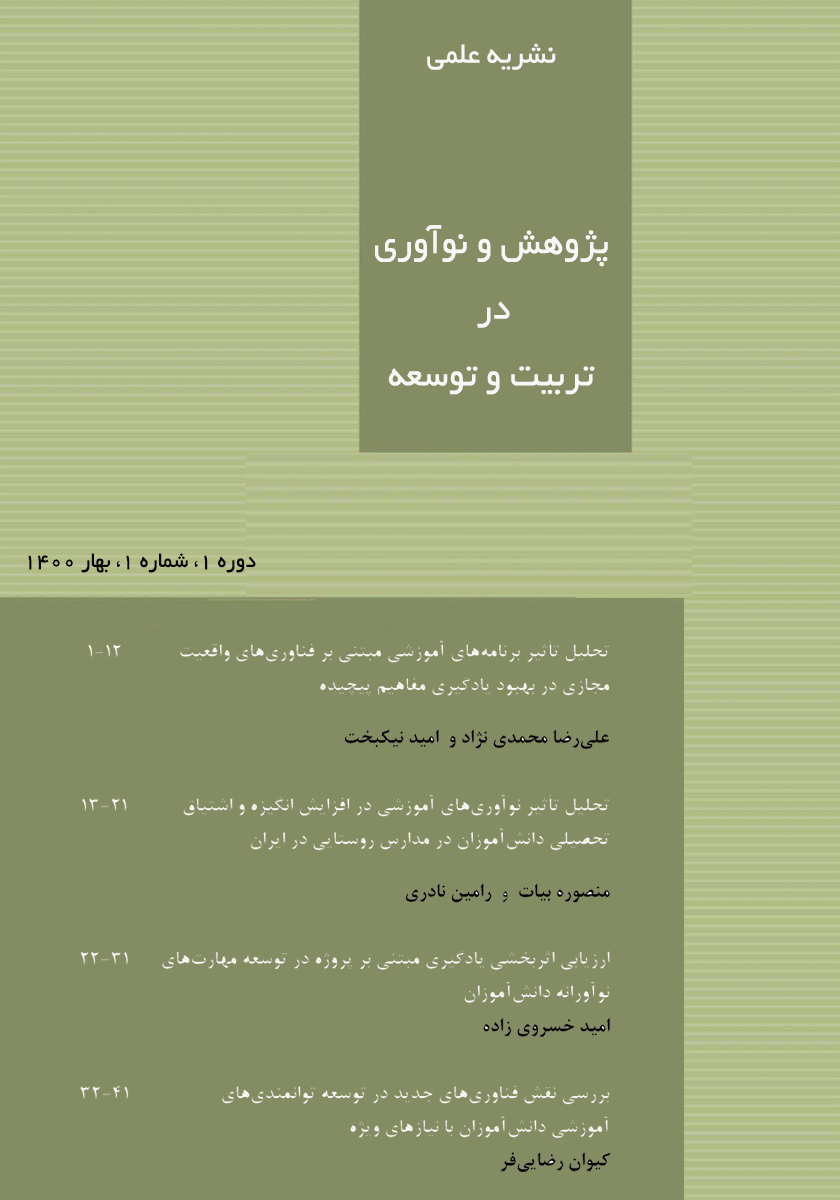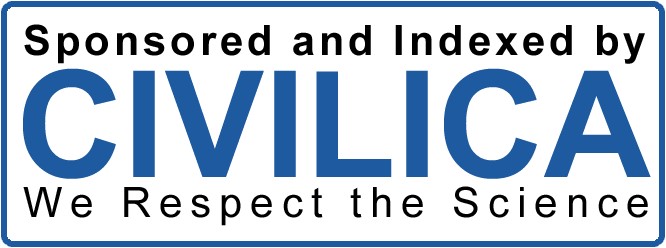Analysis of the Inhibiting and Promoting Factors in the Implementation of the Educational Voucher Scheme in Iraq
Keywords:
Promoting factors of the voucher scheme, inhibiting factors of the voucher scheme, implementation of the educational voucher schemeAbstract
The present study aims to identify the promoting and inhibiting factors in the implementation of the educational voucher scheme as a solution to improve education and address its challenges in Iraq. This study is classified as an applied-developmental research in terms of its objective and as a mixed-methods (qualitative-quantitative) study in terms of its approach to variables. The statistical population in the qualitative section included 155 faculty members from Iraqi universities and 19 directors from the general education departments of Iraqi provinces. In the quantitative section, 1,900 school principals (elementary and secondary) from various regions of Baghdad participated in the study. The qualitative sampling was conducted using a purposive and criterion-based approach until theoretical saturation was reached (10 participants), while 55 faculty members were selected for the quantitative section based on the same criteria. Qualitative data were collected through semi-structured interviews and analyzed using thematic analysis. To validate the model, content validity indices (CVR and CVI) were employed. In the quantitative section, data analysis was conducted using structural equation modeling (SEM) with the PLS software. The findings identified 26 inhibiting factors for the implementation of the educational voucher scheme in Iraq, categorized into seven major challenges: structural challenges, economic challenges, legal challenges, cultural and social challenges, challenges related to the private sector, design and implementation challenges, and infrastructural challenges. Additionally, the findings revealed 12 promoting factors categorized into internal and external factors related to the education system.
Downloads
References
Verger A, Bonal X, Zancajo A. What are the role and impact of public-private partnerships in education? A realist
evaluation of the Chilean education quasi-market. Comparative Education Review. 2016;60(2):223-48. doi: 10.1086/685557.
Baum DR, editor Private school vouchers in developing countries: a survey of the evidence2018: Brigham Young
University - Provo Main Campus.
Patrinos HA. Private education provision and public finance: The Netherlands. 2013. p. 392-414.
Trevino E, Mintrop R, Villalobos C, Ordenes M. What Might Happen if School Vouchers and Privatization of Schools
Were to Become "Universal" in the US: Learning from a National Test Case--Chile. 2018.
Johnson RA, III. School choice: The civil rights movement of our time. 2020.
Kline J. Expanding educational opportunity through school choice. 2016.
Jabbar H, Fong CJ, Germain E, Li D, Sanchez J, Sun WL, et al. The competitive effects of school choice on student
achievement: A systematic review. Educational Policy. 2019. doi: 10.1177/0895904819874756.
Glazerman S, Dotter D. Market signals: Evidence on the determinants and consequences of school choice from a
citywide lottery. Educational Evaluation and Policy Analysis. 2017;39(4):593-619.
Barrera-Osorio F, Blakeslee DS, Hoover M, Linden L, Raju D, Ryan SP. Delivering education to the underserved
through a Public-Private Partnership program in Pakistan. Review of Economics and Statistics. 2022;104(3):399-416. doi:
1162/rest_a_01002.
Wylie C. Can Vouchers Deliver Better Education? A Review Of The Literature, With Special Reference To New
Zealand. 1998.
Qiao L, Wang SQ, Tiong RLK, Chan TS. Framework for Critical Success Factors of Bot Projects in China. Journal
of Project Finance. 2001;7(1):53-61. doi: 10.3905/jsf.2001.320244.
Amovic G, Maksimovic R, Buncic S. Critical success factors for sustainable Public-Private Partnership (PPP) in
transition conditions: An empirical study in Bosnia and Herzegovina. Sustainability. 2020;12(17):1-29. doi:
3390/su12177121.
Cancedda C, Farmer PE, Kyamanywa P, Riviello R, Rhatigan J, Wagner CM, et al. Enhancing formal educational and
in-service training programs in rural Rwanda: A partnership among the public sector, a nongovernmental organization, and
academia. Academic Medicine. 2014;89(8):1117-24. doi: 10.1097/ACM.0000000000000376.
Chan APC, Chan DWM, Chiang YH, Tang BS, Chan EHW, Ho KSK. Exploring critical success factors for partnering
in construction projects. Journal of Construction Engineering and Management. 2004;130(2):188-98. doi:
1061/(ASCE)0733-9364(2004)130:2(188).
Babatunde S, Perera S. Public-Private Partnership in university female students' hostel delivery: Analysis of users'
satisfaction in Nigeria. Facilities. 2017;35(1-2):64-80. doi: 10.1108/F-08-2015-0056.
Ansari A. Collaboration or competition? Evaluating the impact of Public-Private Partnerships (PPPs) on public school
enrolment. International Journal of Educational Research. 2021;107:1-13. doi: 10.1016/j.ijer.2021.101745.
Komer RD, Neily C. School choice and state constitutions: A guide to designing school choice programs (2nd ed.).
Abdulkarem HA, Hasan AM. Investing in Education and Scientific Research for Growth of Iraq: Exploring the Main
Dimensions, Success Factors, and Government Policies. Journal of Economics and Administrative Sciences.
;30(141):406-21. doi: 10.33095/q0kdja17.
Alwali J. Innovative work behavior and psychological empowerment: the importance of inclusive leadership on
faculty members in Iraqi higher education institutions. Journal of Organizational Change Management. 2024;37(2):374-90.
doi: 10.1108/JOCM-03-2023-0084.
Salman Al-Oda AH, Sadeghi M, Al-Murshidi RHA, Sharifi S. Investigating the Relationship Between Talent
Management Implementation Categories in the Basra Province Education Organization. Iranian Journal of Educational
Sociology. 2024;7(1):1-9. doi: 10.61838/kman.ijes.7.1.1.
Zebari MRY. The Effect of Organizational Flexibility on Organizational Ambidexterity in Higher Education
Institutions in Iraq. International Review of Management and Marketing. 2024;14(2):23-36. doi: 10.32479/irmm.15705.
Al-Aboudi S. The Constitution of Iraq: Tehran: Chatr-e Danesh; 2020.
Neilson C. Targeted vouchers, competition among schools, and the academic achievement of poor students. 2013.
Klijn EH. Public-Private Partnerships: Deciphering meaning, message, and phenomenon In G. Hodge & C. Greve
(Eds.), International Handbook on Public-Private Partnerships (pp. 68-80)2010.
Kim S, Kwa KX. A closer look at risk factors for Public-Private Partnerships in Singapore: Six case studies. Asian
Journal of Political Science. 2020;28(2):142-63. doi: 10.1080/02185377.2020.1780142.
Boyer EJ, Van Slyke DM. Citizen attitudes towards public-private partnerships. The American Review of Public
Administration. 2019;49(3):259-74. doi: 10.1177/0275074018769072.
Li B, Akintoye A, Edwards PJ, Hardcastle C. Critical success factors for PPP/PFI projects in the UK construction
industry. Construction Management and Economics. 2005;23(5):459-71. doi: 10.1080/01446190500041537.
Babatunde S, Opawole A, Emmanuel Akinsiku O. Critical success factors in Public-Private Partnership (PPP) on
infrastructure delivery in Nigeria. Journal of Facilities Management. 2012;10(3):212-25. doi: 10.1108/14725961211246018.
Mao Y. The distortion of Public-Private Partnerships in China: An institutional perspective of central-local
government relations. Administration and Society. 2023;55(4):752-76. doi: 10.1177/00953997231158343.
Twinomuhwezi IK, Herman C. Critical success factors for Public-Private Partnership in universal secondary
education: Perspectives and policy lessons from Uganda. International Journal of Educational Administration and Policy
Studies. 2020;12:133-46. doi: 10.5897/IJEAPS2020.0656.
Remington TF, Yang P. Public-Private Partnerships for skill development in the United States, Russia, and China.
Post-Soviet Affairs. 2020;36(5-6):495-514. doi: 10.1080/1060586X.2020.1780727.

Downloads
Published
Submitted
Revised
Accepted
Issue
Section
License
Copyright (c) 2025 Journal of Study and Innovation in Education and Development

This work is licensed under a Creative Commons Attribution-NonCommercial 4.0 International License.










